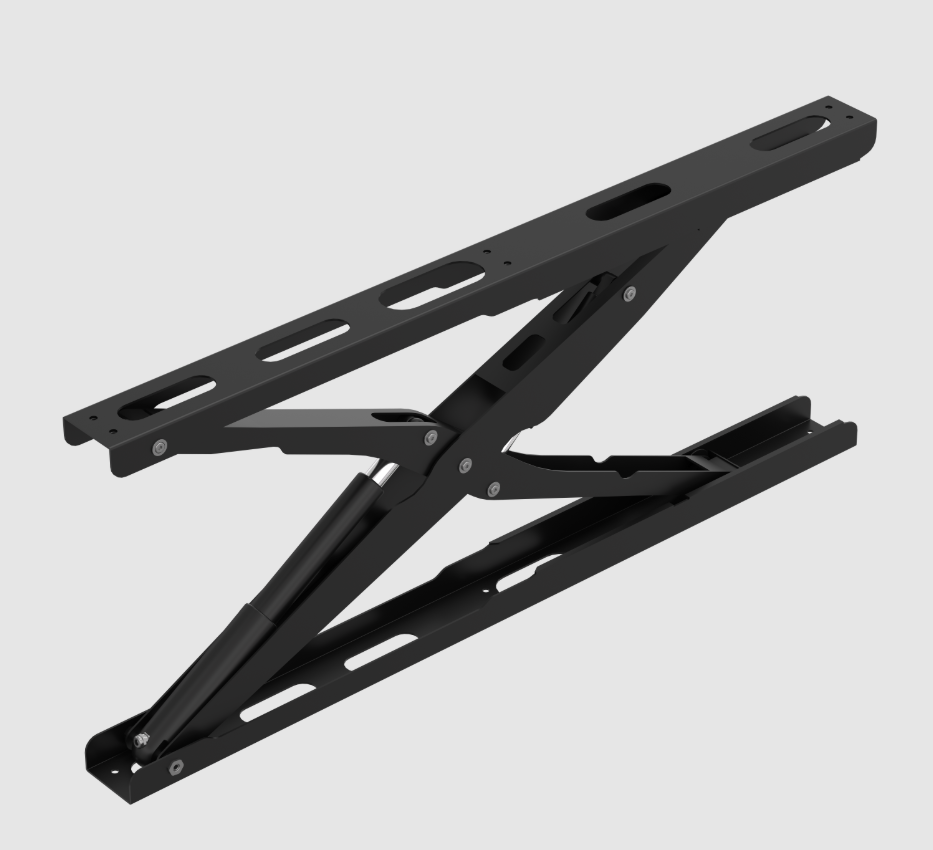2025 Global Market Trends for RV Pop-Top Roof Systems
The pop-top roof system market for recreational vehicles (RVs) and camper vans is entering a period of strong growth. Global industry reports show this niche was valued at roughly USD 1.7 billion in 2024, with forecasts indicating a near doubling of size by the early 2030s (around a 9% CAGR). Demand is driven by the booming camper van and outdoor travel market, as well as by RV manufacturers seeking to add versatile living space and ventilation to compact vehicles. Pop-top roof systems – pop-up roofs that extend to create headroom or sleeping quarters – are increasingly popular in Class B and C RVs, travel trailers, and even specialty trucks. Major RV builders and custom van converters worldwide are integrating both manual scissor lifts and advanced electric roof lifts to meet customer demand for convenience and comfort.

Market Overview and Growth Drivers
The RV pop-top segment benefits from several powerful trends: - Rising Outdoor & Vanlife Trend: Global interest in camping, glamping, and overlanding is surging. Industry data indicate that China’s camping economy alone grew to a core market of over RMB 1,330 billion in 2024 and is expected to reach nearly RMB 2,500 billion in 2025, driving accessory sales (tents, awnings, and of course pop-up roofs). Similar growth is seen in North America and Europe as outdoor travel becomes mainstream. In the U.S. and Canada, even as overall RV sales level off, consumers are trading up to well-equipped camper vans and trailers with advanced comfort features. In Europe, compact motorhomes and VW camper conversions remain popular.
• Need for Space Optimization: Pop-top roofs let RV designers add vertical space without permanently increasing vehicle height. When parked, occupants gain additional standing room and sleeping platforms; when driving, the aerodynamic folded roof preserves stability. This on demand living space expansion is highly valued by travelers, leading OEMs to offer factory-fit or dealer-installed pop-top options on new vans.
• Technological Innovation: Modern pop-top systems increasingly use electric linear actuators and remote controls instead of manual lifts. Push-button roof lifts (and emergency manual lowers) enhance safety and ease of use. For example, new electric actuator systems lift up to 100+ kg loads smoothly in under a minute, and can be integrated with vehicle electronics. These innovations make pop-top functionality a selling point for high-end RVs and conversions.
• Material and Design Advances: Lightweight alloys and composite materials are becoming common in pop-top roofs and brackets. Slim-profile linear actuators (some only 16–52 mm in diameter) reduce visual bulk and weight, while maintaining strength. High IP-rated actuators (e.g. IP67/IP69K waterproofing) and sturdy steel or aluminum frame components ensure durability in all weather. Aerodynamic roof designs help preserve fuel efficiency even with the pop-top deployed or retracted.
Taken together, these factors are expanding the market. Analysts note that electric and lightweight pop-up roof systems – designed for camper vans, custom conversions, and compact RVs – represent the fastest-growing segment. Leading companies are investing in research to offer quieter, faster, and more user-friendly roof lifts, often featuring remote or smartphone controls.
Challenges and Strategic Considerations
Despite the optimistic trends, there are challenges:- Cost and Complexity: Pop-top systems add expense and weight to RVs. Ensuring a cost-effective design (materials, actuators, controls) is vital for wider adoption. Installation must be robust; poor alignment can cause leaks or jams. OEMs should streamline the integration process and consider offering extended warranties or service support.- Compatibility: Not all vehicles can easily accommodate a pop-top. Roof structure, interior layout, and vehicle height limits constrain design. Suppliers offering modular, adjustable systems can help. Standards or guidelines (e.g. for safety latches or fire retardant materials) may vary by market, so staying up-to-date on regulations is important.- Market Education: Some RV buyers are unfamiliar with pop-top benefits or wary of maintenance. As such, manufacturers and dealers need to highlight reliability and ease-of-use (for instance, by emphasizing one-button electric operation and safety features). Demonstrations at RV shows and clear installation guides can help build confidence in these systems.
Conclusion & Call to Action
The RV pop-top roof system market is poised for continued expansion in 2025 and beyond. Growing consumer interest in versatile camping solutions, combined with rapid technology advances (especially in electric lifts), means that manufacturers and suppliers have a unique opportunity. By embracing lightweight designs, smart controls, and reliable actuators, the industry can meet the demand for more f lexible and comfortable RV interiors.

For RV OEMs, distributors, and component manufacturers looking to capitalize on these trends, Antuator offers expertise in linear actuator technology tailored for pop-top applications. Our proven actuators and lifting systems are already powering next-generation campers worldwide. To learn how Antuator can help your RV or camper project succeed, contact us today for custom OEM pop-top roof lift solutions.